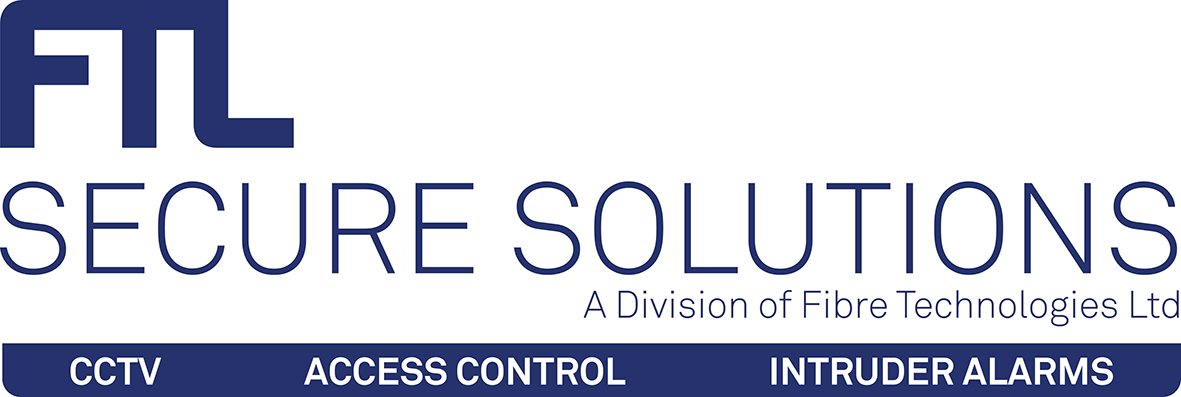Commercial security gates are a critical component for retail stores, shopping centers, office buildings, warehouses, and other businesses looking to protect their property. Typically made of metal, these gates act as barriers, preventing unauthorized access and theft when businesses are closed. However, many business owners shy away from installing security gates, having misconceptions about factors like cost, disruption, aesthetics and more.
In this blog, we’ll tackle some myths around commercial security gates and provide clarity into options that make gates realistic and beneficial for a wide range of businesses.
Misconception #1: They Are Too Expensive
One of the most common reasons businesses forego security gates is the assumption that they are too expensive, especially for smaller operations on tight budgets. And it’s true that commercial-grade security gates are an investment, with costs impacted by factors like materials used, size, features, custom designs and automation. However, modern advances have introduced more budget-friendly options without sacrificing security and durability, making gates surprisingly affordable.
Factors That Impact Cost
The primary drivers of security gate expenses include:
- Materials: Gates made of aluminum are more economical than steel. However, steel provides unmatched strength and security.
- Size and Dimensions: Larger gates and openings naturally use more materials and labor. Measure carefully to match needs.
- Features: Simple manual gates cost less than automated and smart varieties which require special hardware.
Budget-Friendly Options
Fortunately, flexibility exists when selecting commercial security gates, including:
- Manual Slide and Swing Gates: Avoiding automation in favor of standard locking gates provides substantial savings.
- Steel vs. Aluminum Tradeoffs: Aluminum gates weigh less and resist corrosion, lowering shipping and lifetime costs.
- Buying Quality Pre-Owned: Used gates in good condition offer savings while still providing security.
The bottom line is commercial security gates are not universally expensive, with costs scaling to match needs, features and budget.
Misconception #2: Installation is Disruptive
Another misplaced worry surrounding security gates ties back to installation headaches. Some assume that significant construction and modifications are necessary, disrupting business operations. And in some cases that can be true if existing infrastructure needs changes to accommodate new gates. However, other installation options exist that minimize business disruptions.
Minimizing Construction
Several gate types require less invasive installations and modifications, including:
- Slide and Overhead Track Gates: These mount directly on existing walls and entries without complicated hardware.
- Remote Openers and Keypads: Smart gate systems eliminate the need to modify walls, instead controlling gates remotely.
- Leveraging Existing Structures: Aligning gates with current entries, overhangs and frameworks simplifies installation.
Careful measurement, gate selection and installers that understand business needs make smooth installations completely possible. Be wary of quotes requiring heavy construction or modifications unless absolutely required.
Working Through Installation
Open communication ensures minimal disruption including:
- Understanding Timing: Installers provide estimated timeframes so staffing adjustments are made.
- Producing an Installation Plan: Having a step-by-step understanding of the installation process allows planning around business operations.
In summary, the installation headaches surrounding commercial security gates are largely avoidable with the right products and provider. Disruption can be minimized without sacrificing security.
Misconception #3: Gates Harm Aesthetics
Finally, some businesses rule out commercial gates believing that harsh, industrial metal barriers conflict with retail showrooms, professional office spaces and other aesthetically focused environments. This can be a valid concern with old-fashioned gate styles that evoke a sense of being closed off or unwelcoming. However, modern gate designs, materials and automation features dispel these outdated notions, blending security seamlessly into business exteriors and architecture.
Blending Modern Appeal
A wealth of options allow customizing gates to match shop or office aesthetics, including:
- Color Tinting and Painting: Coating gates in colors complementary to designs is inexpensive yet makes a sizable visual impact.
- Decorative Grates, Curves and Scrollwork: Ornate gate patterns complement formal architectures and upscale businesses.
- Matching Architecture: Simple clean lines and metallic tones allow contemporary gates to accent without overwhelming.
Automated vs Locked Accessibility
Beyond looks, the functionality and accessibility of commercial gates impacts aesthetics tremendously through:
- Smart Retractable Gates: Automated gates stored out of sight maintain open visibility yet close securely when needed.
- Gate Controls: Dictating when a gate is visible balances aesthetics with security needs. Locked gates feel imposing outside of hours.
The bottom line is commercial security gates absolutlely provide aesthetically pleasing solutions matching sophisticated business surroundings with the right styles and features. Security need not harm curb appeal.
FAQs
Are gates customizable to unique storefronts and entries?
A: Yes. With custom welding work gates are tailored to nearly any unique opening or entryway. Design aspects like patterns, textures and automation help them complement individual aesthetics.
Do outdoor gates hold up in tough weather and climate conditions?
A: Outdoor aluminum and stainless steel gates resist corrosion and maintain integrity through all seasons and weather patterns including coastal regions and extreme heat or cold. Ensure any outdoor gates and openers carry weatherproof ratings.
Can gate automations integrate with existing business access controls?
A: Many advanced commercial gate systems provide APIs for integrating with broader physical and cyber security platforms, syncing seamlessly with other identity management and access tools businesses have in place.
Conclusion
Rather than writing commercial security gates off due to misconceptions around pricing, installation woes or aesthetic concerns, understand that modern gates provide customizable solutions matching diverse budgets and surroundings with minimal hassle. Working with knowledgeable providers and installers that understand operational needs is key to ultimately balancing practical security with welcoming curb appeal. Security gates should accent rather than detract from business environments and branding. Gates once seen as imposing and disruptive now blend protection with smart designs and automation features.


